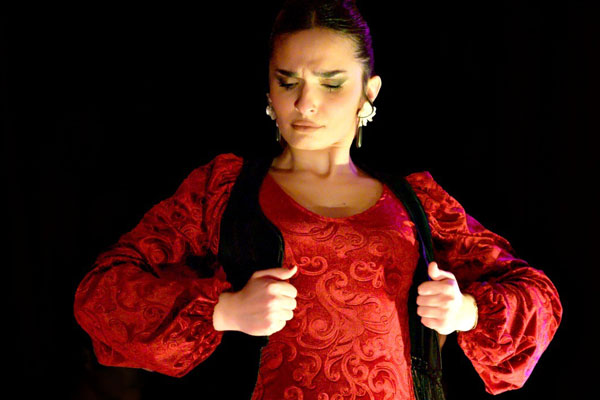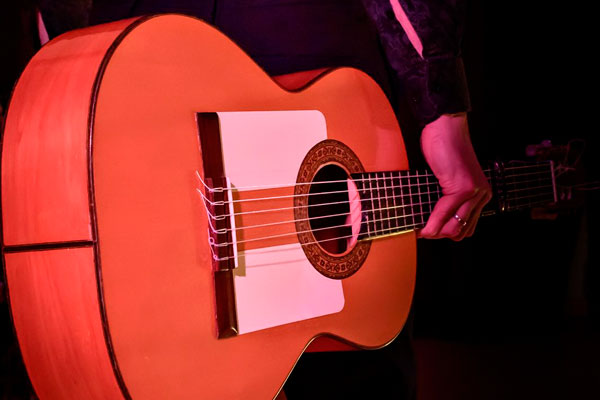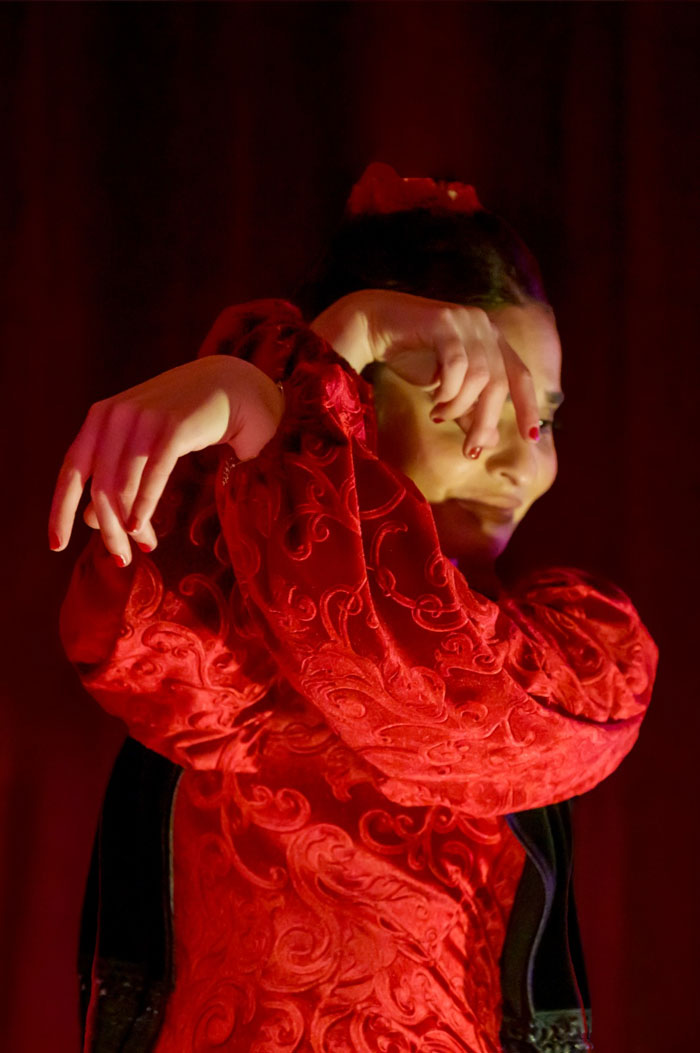If there’s one celebration that defines the soul of Seville, it’s Holy Week. For seven days, the city transforms into a stage of religious fervor and art, where the streets are filled with Nazarenes, incense, and ‘’saetas’’ that thrill locals and visitors alike.
The cult of sculptures and parades
Seville’s devotion to its religious images dates back centuries. The sculptures of Christ and the Virgin are not mere representations, but authentic objects of worship, many of them considered miraculous. Holy Week is the culminating moment when these images, mounted on imposing processional parades through the city accompanied by thousands of religious people.
The parades are true works of art, sculpted by masters such as Juan de Mesa and Martínez Montañés. Every detail, from the embroidery on the mantles to the gilded candlesticks, is carefully crafted to highlight the majesty of these figures. The passion for these images is such that, for many Sevillians, the procession of their brotherhood is one of the most important moments of the year.
Historical brotherhoods
Holy Week in Seville is governed by its brotherhoods, some of which have centuries of history. Among the oldest are:
- Brotherhood of Silence (1340): Considered the oldest, it performs its penitential station in the early hours of Good Friday with absolute moderation.
- Brotherhood of the Vera-Cruz (1448): Franciscan origin, it was a pioneer in the celebration of penitential processions.
- Brotherhood of Los Negritos (1393): Founded by the community of black slaves in 14th-century Seville, it is a symbol of integration and faith.
- The Macarena Brotherhood (1595) and the Esperanza de Triana Brotherhood (1418): These are two of the brotherhoods with the largest number of followers. Their patron saints, the Virgin of the Macarena and the Virgin of Esperanza de Triana, inspire unparalleled devotion and are the protagonists of highly emotional moments during the Madrugá (Dawn).
Each brotherhood has its own character and traditions, but they all share the same purpose: to pay homage to the passion, death, and resurrection of Christ.
Traditional Easter sweets
Gastronomy also plays a fundamental role during these times. During Lent, as meat consumption declined, sweets took center stage, especially those made in convents. Some of the most iconic are:
- Torrijas: Slices of bread soaked in milk or wine, fried, and covered in honey or sugar and cinnamon. It is believed that they originated in the 15th century, when they were prepared as an energy boost for women who had just given birth.
- Pestiños: Small fried bites of flour dough with honey and sesame seeds, with roots in Arabic cuisine.
- Yemas de San Leandro: Small delicacies made with egg yolk and sugar, originating from the Seville convent of San Leandro, where the nuns have been preparing them by hand for centuries.
An unforgettable experience
For those who visit Seville during Holy Week, the experience is unique. From the solemnity of the Madrugá to the joy of Palm Sunday, every day offers something special. If you plan to experience this tradition, prepare to immerse yourself in an atmosphere where faith, art, and the passion of Seville come together to offer one of the most breathtaking spectacles in the world.





